Hi there, pet lovers! 🦎🌿
For reptile enthusiasts seeking a pet that’s both visually stunning and full of personality, the Green Keel-Bellied Lizard (Gastropholis prasina) is a fascinating choice. These arboreal lizards, native to the coastal forests of Kenya and Tanzania, are known for their vibrant green coloration, prehensile tails, and curious behaviors. While they may not be as commonly kept as Crested Geckos or Leopard Geckos, they offer a rewarding experience for dedicated keepers.
This review will cover everything potential owners need to know—from their temperament and care requirements to their availability and long-term commitment. Whether you’re a seasoned reptile keeper or considering your first arboreal species, this guide will help determine if the Green Keel-Bellied Lizard is the right pet for you.
Overview
Green Keel-Bellied Lizards are small, agile, and strikingly beautiful reptiles with unique traits that set them apart from other popular pet lizards. Here’s a quick summary of what makes them special:
- Handling and Temperament: Shy when wild-caught but can become quite interactive if raised in captivity from a young age.
- Care and Maintenance: Requires a well-structured tropical setup with climbing opportunities and stable humidity.
- Health and Durability: Generally hardy when kept in proper conditions but sensitive to stress and dehydration.
- Availability: Rare in the pet trade; captive-bred specimens are preferred over wild-caught imports.
- Cost: Moderately expensive due to their rarity, with setup costs similar to other tropical arboreal species.
Overall: A rewarding pet for experienced keepers who appreciate their beauty and unique behaviors, but not ideal for beginners due to their specific care needs.
Why Choose a Green Keel-Bellied Lizard?
Green Keel-Bellied Lizards are ideal for reptile enthusiasts who want:
- A visually striking lizard with vibrant green scales and a long, prehensile tail.
- An arboreal species that thrives in a vertically oriented enclosure.
- A moderately interactive pet that, when captive-bred and well-socialized, can become comfortable with handling.
- A long-lived companion, with a lifespan of 10+ years under proper care.
However, they are not low-maintenance and require a carefully controlled environment. They are best suited for keepers who have experience with tropical reptiles and are willing to invest time in their care.
Handling and Temperament
Personality and Socialization
Green Keel-Bellied Lizards exhibit a wide range of temperaments depending on their origin:
- Wild-Caught Adults: Typically shy, reclusive, and prone to stress. They may hide frequently and resist handling.
- Captive-Bred Juveniles: Much more adaptable, often curious, and can become comfortable with gentle, regular interaction.
Handling Tips
- Start Early: Captive-bred babies are far more likely to tolerate handling if introduced to it gradually.
- Be Patient: Move slowly and avoid sudden movements to prevent stress.
- Use Food Motivation: Offering insects via tongs can help build trust over time.
- Avoid Overhandling: Even socialized individuals may prefer short, positive interactions rather than prolonged handling.
Biting and Tail Retention
- Biting is rare but possible if the lizard feels threatened. Their small size means bites are not dangerous.
- They do not drop their tails easily, unlike some other lizards, making their spectacular prehensile tails a permanent feature.
Care and Maintenance
Enclosure Setup
- Size: A minimum of 18x18x24 inches for a single adult, with larger enclosures preferred.
- Climbing Space: Being arboreal, they need plenty of branches, vines, and foliage for climbing and hiding.
- Substrate: A moisture-retentive substrate like coconut fiber or bioactive soil helps maintain humidity.
- Hiding Spots: Provide multiple hiding areas using cork bark, live plants, or artificial foliage.
Humidity and Temperature
- Humidity: 60-80%, maintained through daily misting and a proper substrate. A hygrometer is essential.
- Temperature:
- Basking spot: 85-90°F (29-32°C)
- Ambient temperature: 75-80°F (24-27°C)
- Nighttime drop: Can go down to 70°F (21°C)
Feeding
- Primary Diet: Insects (crickets, dubia roaches, silkworms) dusted with calcium and vitamins.
- Supplementation: Some keepers report success with Crested Gecko Diet (CGD), but insects should remain the staple.
- Feeding Schedule: Daily for juveniles, every other day for adults.
Lighting
- UVB Lighting: Required (5.0-7.0 UVB bulb) to support calcium metabolism.
- Day/Night Cycle: 12 hours on, 12 hours off to mimic natural conditions.
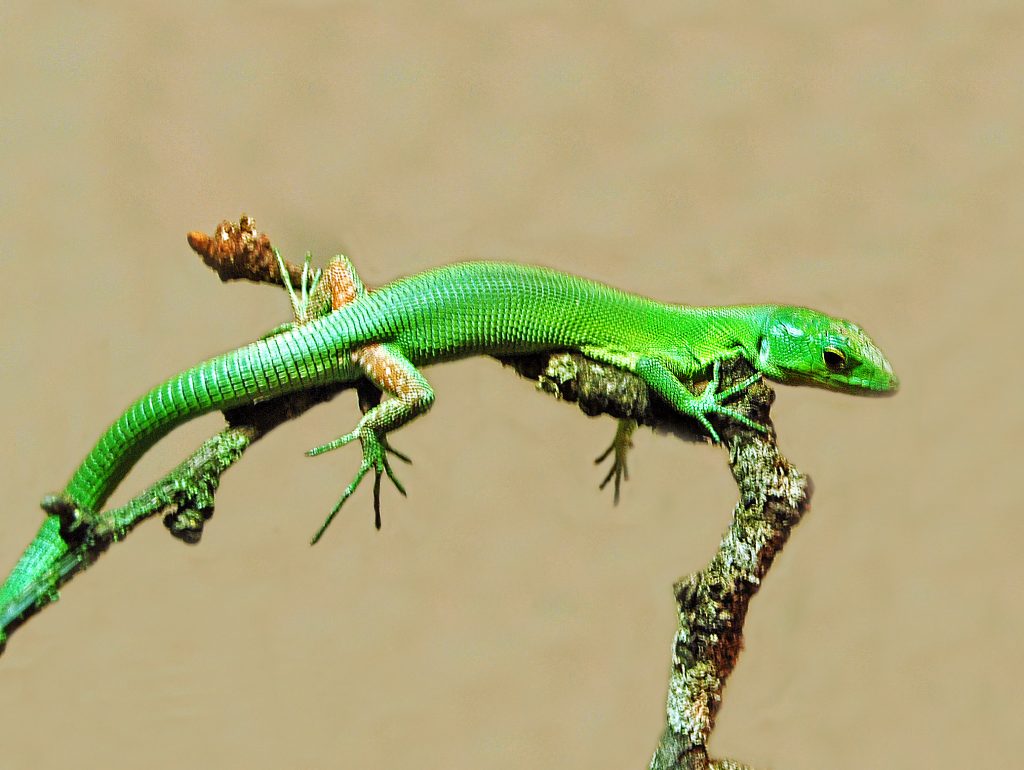
Health and Durability
Common Health Issues
- Dehydration: Caused by low humidity or insufficient water access.
- Parasites: Wild-caught specimens often carry internal parasites; vet checks are recommended.
- Stress-Related Illness: Poor handling or improper enclosure conditions can lead to health decline.
Preventative Care
- Regular misting to maintain hydration.
- Quarantine new arrivals (especially wild-caught) to prevent disease spread.
- Annual vet check-ups for fecal exams and general health assessments.
With proper care, these lizards can live 10-15 years, making them a long-term commitment.
Availability and Cost
Where to Buy
- Reputable Breeders: The best option for healthy, well-socialized lizards.
- Reptile Expos: Occasionally available from specialty vendors.
- Online Retailers: Some exotic pet sellers offer them, but caution is advised.
Cost Breakdown
- Lizard Price: $200 to $500+ for captive-bred specimens (wild-caught are cheaper but not recommended).
- Setup Cost: $300 to $600 for enclosure, lighting, decor, and ongoing supplies.
Pros and Cons
Pros
- Stunning appearance with vibrant green scales and a long prehensile tail.
- Captive-bred individuals can be quite interactive.
- Long lifespan with proper care.
- Fascinating arboreal behaviors for observation.
Cons
- Not readily available in the pet trade.
- Wild-caught specimens are often stressed and difficult to tame.
- Requires precise humidity and temperature control.
- More expensive than common beginner reptiles.
Final Thoughts
The Green Keel-Bellied Lizard is a beautiful and engaging pet for dedicated keepers who can meet its specialized care needs. While not as beginner-friendly as Crested Geckos or Leopard Geckos, they offer a unique and rewarding experience for those willing to invest the time and effort.
For the best experience, seek out captive-bred juveniles and provide a well-structured tropical habitat. With patience and proper care, these lizards can become a captivating addition to any reptile collection.
Have you kept a Green Keel-Bellied Lizard? Share your experiences in the comments below! For more reptile care guides, stay tuned to our blog and subscribe for updates. 🦎🌿

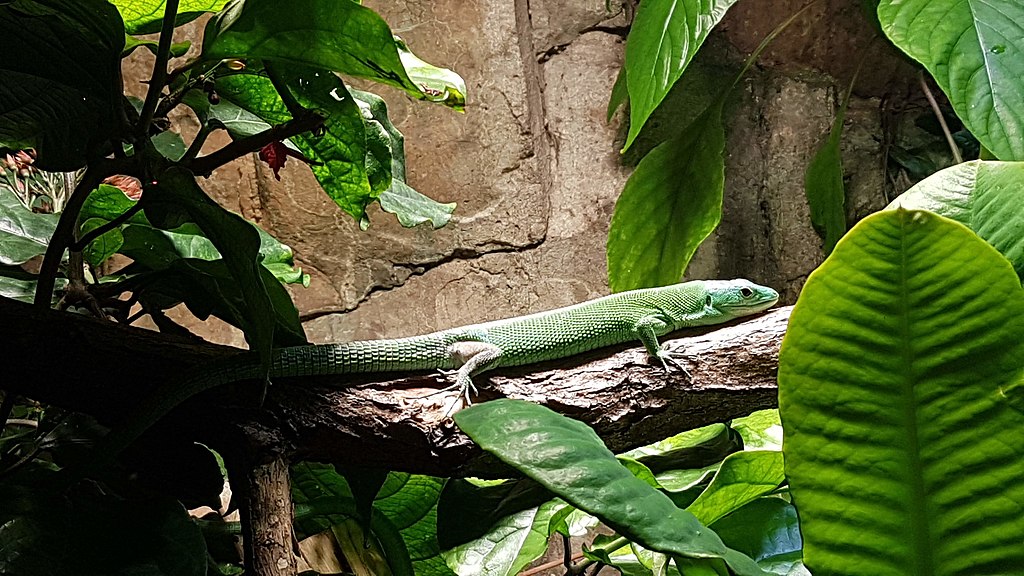


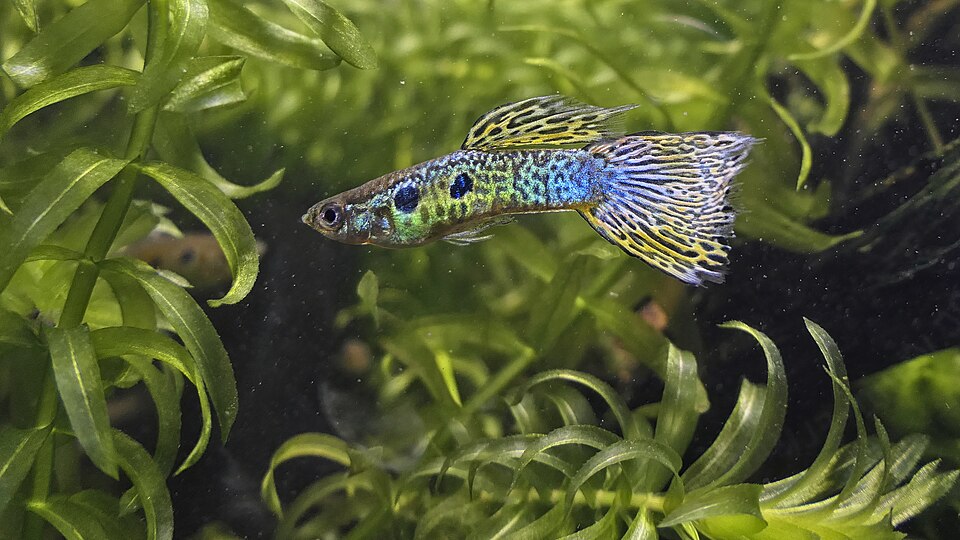
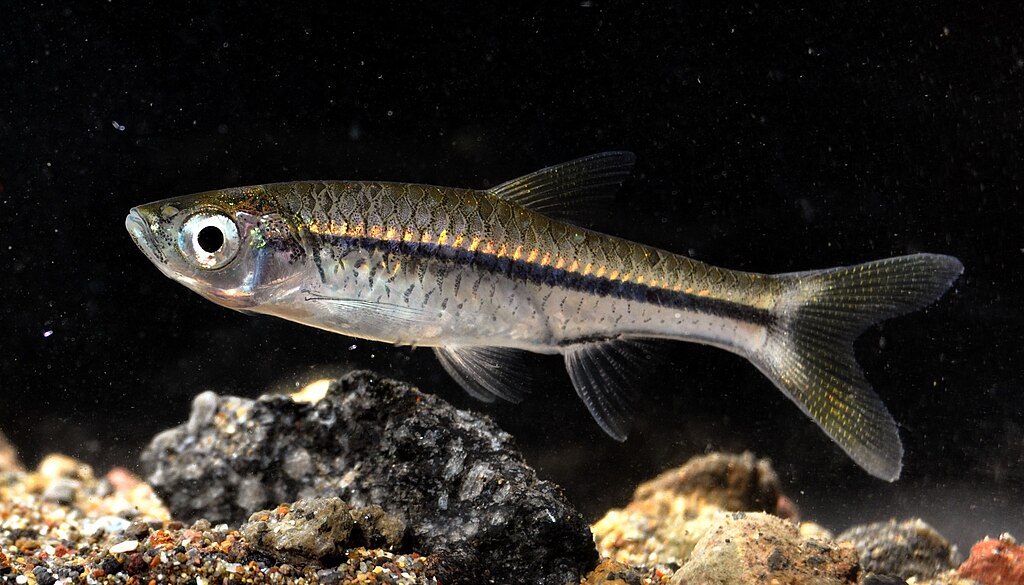
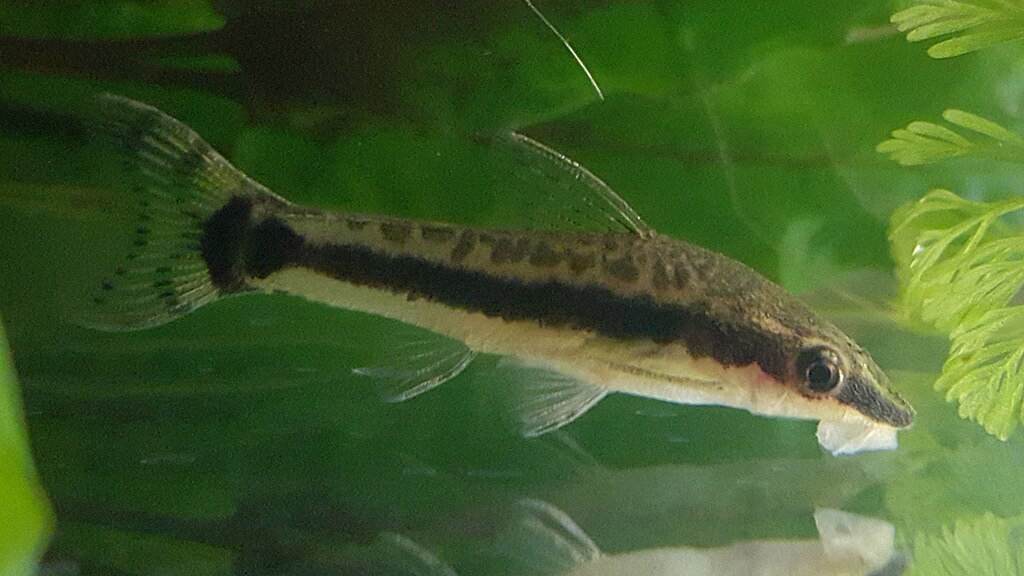

Leave a Reply